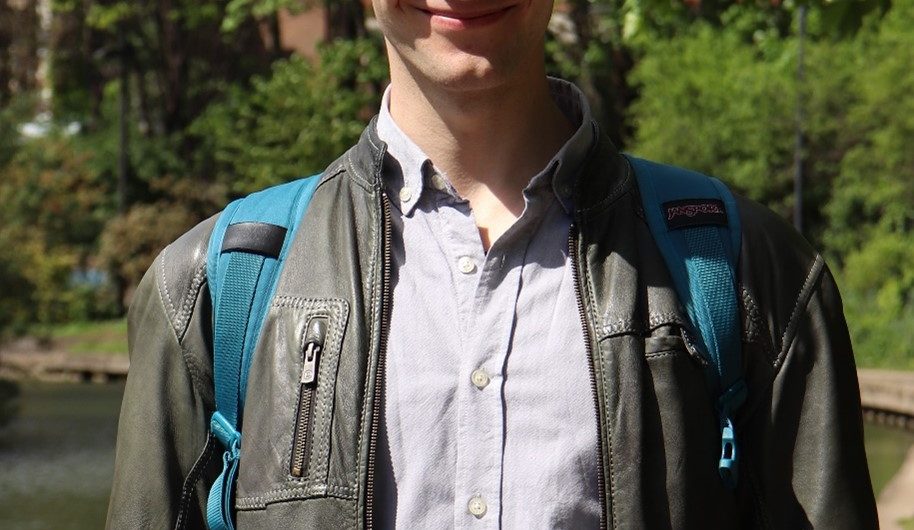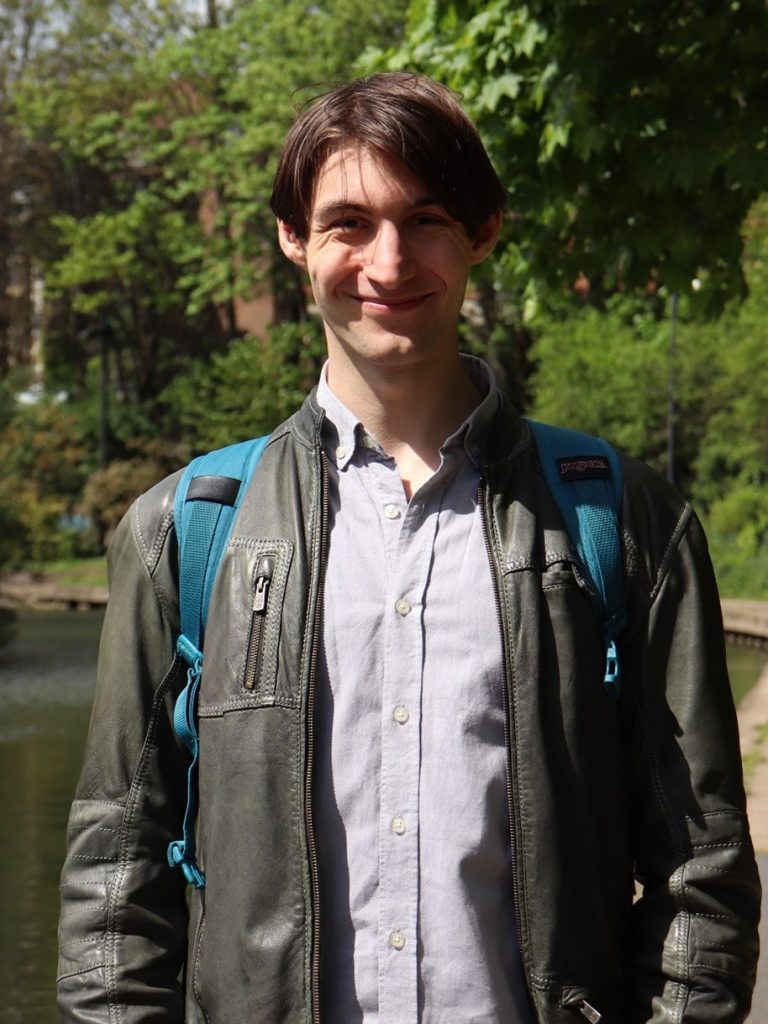
SPOTLIGHT: Nicholas Popp – Mechanical Go-To Engineer
One of the most involved and active members of the LORIS mission is our very own Nick Popp. Nick is heavily involved with two of our subsystems , and even helps other teams when they need help with all things mechanical related. He has done some instrumental Finite Element Modeling (FEM) and Thermal simulation, and we are very glad to have him. In this month’s issue of Spotlight, we will chat with Nick.

Where are you from and why did you choose to study at Dalhousie?
I was born and raised near Vancouver, specifically the northern part of Port Moody in the mountains and in the town of Mission.
I knew that I wanted to study engineering since it would give me the tools to have a positive influence on the people and world around me. I also wanted to attend an undergraduate program which had a smaller class size but also the funding for larger labs and equipment. With the Associate University engineering program between Acadia and Dalhousie Universities, I could bring together the best aspects of attending a smaller university and a larger one.
What you’re studying? + How did you come to study your field/why are you interested in it?
Materials engineering was my first field of study however I switched into Mechanical during my third year of undergrad when I realized that Mechanical engineering is more in line with my interests of space and aerospace engineering. I graduated from the Dalhousie Mech Eng. (Co-op) program in May 2020. By the time I graduated I was responsible for several long-term tasks within the LORIS project which I would like to complete before leaving the team.
What is your subsystem for LORIS and does it do?
I’m involved in the Attitude Determination and Control System (ADCS) and the Chassis subsystems. ADCS deals with everything required to maneuver the LORIS CubeSat to a desired orientation. This involves determining the LORIS CubeSat’s current location and orientation, and controlling the various components which change the orientation of LORIS. The Chassis subsystem is responsible for the design and fabrication of the LORIS CubeSat’s structural components along with the assembly, integration and testing of the LORIS CubeSat. The Chassis subsystem is also responsible for most of the thermal engineering of LORIS since the Dalhousie Space System Lab (DSS) doesn’t have a dedicated Thermal subsystem team.
How did you come to be involved in the lab?
I initially wanted to enrol in a space systems course offered at Dal. Unfortunately, the course was cancelled since the prof was on a sabbatical, so I began looking for other ways to study spacecraft engineering. In October 2019 I attended a DSS recruitment session and I’ve been a member of the DSS ever since. The prof who heads the cancelled space systems course is also the faculty advisor for the ADCS team, I decided to join that team. A couple of my responsibilities within the ADCS group involved working with the Chassis subsystem and I eventually took on Chassis specific tasks and became a member of the Chassis team as well.
What is the thing you’re most excited about for the LORIS mission?
What my teammates will achieve in their future endeavours using the skills gained through the LORIS project. Over past year and a half I’ve seen team members put in the practice and time necessary to become adept in subjects initially foreign to them, overcome every challenge this project has thrown their way, and adapt to the COVID-19 pandemic to still deliver LORIS to the Canadian Space Agency on time, all while succeeding in full time engineering programs. I can’t wait to see all of this effort come to fruition and to see how my teammates use what they’ve learned to accomplish awesome things down the road.